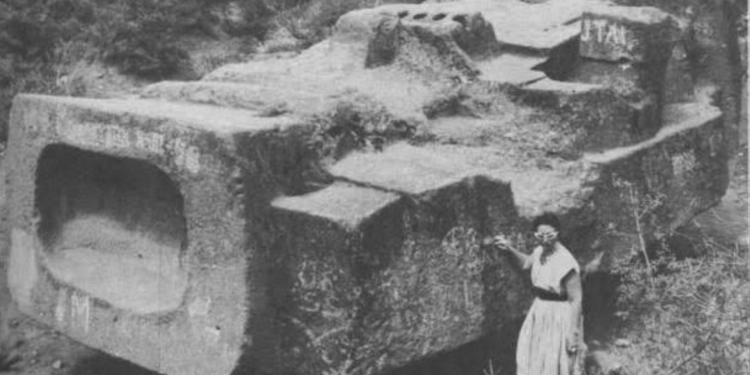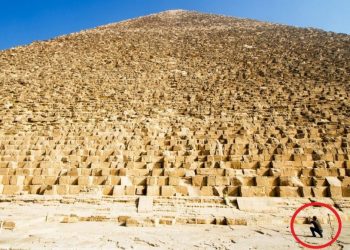The ancient Mesoamerican civilizations have left a wealth of remarkable artifacts that continue to amaze and fascinate people around the world. Among them is the Monolith of Tlaloc, a towering stone sculpture that has been shrouded in mystery and speculation for centuries. In this article, we’ll take a comprehensive look at this incredible wonder, examining its history, significance, and the mysteries still surrounding it.
What is the Monolith of Tlaloc?
The Monolith of Tlaloc is a massive stone sculpture that depicts the Aztec god of rain, Tlaloc. It stands at the height of over 13 feet and weighs 168 tons, making it one of the largest stone sculptures in Mesoamerican history. How on Earth was it moved when it was completed hundreds of years ago? The transportation of this enormous artifact required the construction of a custom trailer designed specifically for its dimensions and weight in modern times.
Who Made the Monolith of Tlaloc?
The sculpture is believed to have been created by the Aztecs, one of the most advanced and powerful civilizations in ancient Mesoamerica. The Aztecs were known for their elaborate religious ceremonies and their reverence for Tlaloc, the god of rain and agriculture.
When Was the Monolith of Tlaloc Created?
The exact date of the Monolith’s creation is unknown, but it is believed to have been carved sometime in the 15th or early 16th century. This would have been during the height of the Aztec civilization, just before the arrival of the Spanish conquistadors.
Where is the Monolith of Tlaloc Located?
The Monolith of Tlaloc has been on display at the National Museum of Anthropology in Mexico City since 1964. It was discovered in the late 1800s in Coatlinchan, a town in the neighboring State of Mexico, when villagers were digging up a dry stream bed to construct an irrigation canal for crops. To their surprise, they unearthed the massive sculpture, which has been a source of fascination and wonder ever since.
Why is the Monolith of Tlaloc Significant?
The Monolith of Tlaloc is significant for a number of reasons. For one, it is an impressive example of the Aztec’s skill in stone carving and their reverence for their gods. Additionally, the sculpture provides valuable insights into the Aztec’s religious practices and their beliefs about the importance of agriculture and the natural world. The statue is also a kind of rock star presently. It is one of the most widely-photographed public artworks in Mexico City.
Mysteries Surrounding the Monolith of Tlaloc
Despite its significance, the Monolith of Tlaloc is shrouded in mystery and speculation. One of the biggest mysteries is how the Aztecs managed to transport such a massive stone sculpture from its original location to its resting place.
The Monolith of Tlaloc is an incredible artifact that provides a glimpse into the world of the ancient Aztecs. Despite the mysteries that still surround it, the sculpture remains a testament to the skill and creativity of one of the most advanced civilizations in Mesoamerican history. As we continue to explore the secrets of the Monolith of Tlaloc, we are reminded of the incredible achievements of our ancestors and the mysteries that still exist in our world today.











